Today, we welcome Emotional Intelligence Expert, Chenoa Maxwell as a guest author on the Bulletproof Blog. Founder of the Live Limitlessly practice, Chenoa rose from the darkness of attempted suicide as a teenager to her own show on the Oprah Winfrey Network. Chenoa now helps celebrities, Fortune 500 companies and people around the world live a limitless life.You can listen to her chat with Bulletproof Founder Dave Asprey on this episode of Bulletproof Radio(iTunes).
The saying, “Know Thyself” seems pretty self-explanatory, right?
While you may have heard this widely-used phrase, you still may continue to underestimate the importance and the benefits of what truly “knowing” yourself means.
For many of us the answer to the question, “Who am I? “ has been significantly influenced and shaped by so many outside sources, that unless you have spent conscious, considerable time getting to know yourself, you don’t really know the core of your being at all.
The truth is, you move through life crafting narratives of who you want to be, or what you want to have thus, creating aspects of your identity that you either want to present to others or you wish to hide. Read on to learn why we hide who we really are, and ways to connect with and discover your true self.
How you’re masking who you really are
Unbeknownst to you, over time you end up creating “masks” in order to shield, protect, influence or dictate who you want others to see or respond to.
In Paul Laurence Dubar’s poem “We Wear the Mask,” he writes: “We wear the mask that grins and lies, It hides our cheeks and shades our eyes.”
Some of us invent wonderfully ornate and decorative masks by design. They become so elaborate and laborious that these particular masks eventually begin to dictate how we move through the world. Everything is by design. Who we befriend. Who we love. What we consider success. How we rate beauty. The more elaborate the mask, and the more it is worn, the more your authentic self is hidden. Not only do you no longer know yourself, you don’t even really know how you are feeling.
But what happens as the mask chips, cracks, wears, and tears?
Because at some point it eventually does, and your authentic self always manages to catch up to you no matter how much you try to run or hide from it.
You may have heard the saying, “No matter where you go, there you are.” And no matter what — no matter how successful, how famous, how curated, how far and fast you run from your life, the exhaustion of keeping the mask manicured is going to catch up with you. And then the cracks and fissures in the mask are going to expose what is really behind the facade.
The path to self-acceptance
You wear a mask when you live in fear, ideals, and you don’t know and accept yourself as you are. Knowing who you are means being self-aware, matching who you are with who you say you are, and being aware of how you are feeling and what is happening on the inside. Only then can you begin to accept yourself instead of judging yourself. Accepting yourself means not being ashamed of the person you are.
When you know yourself to the core of your being authentically, you are empowered. When you accept who you are and you are okay with it, then you become invincible.
What would happen if you took the time to really know yourself and loved yourself so deeply that you never felt the need to conceal your feelings or parts of your identity?
Ways to discover your authentic self
- Get quiet: By taking a little time each day to be quiet and present with yourself, you can hear your thoughts, get in touch with your feelings, and spend time getting to know your core desires and values better. This could be through meditation [link to blog post] or journaling. Once you are able to create a bit more self-awareness on why you are putting on a mask, and who you can let it down with, you will be more free to be yourself.
- Ask questions: Think about a time when you have pretended to be something that you are not or when you have hidden your true feelings. Ask yourself, why did I choose to hide a part of my identity? Knowing and being your truest self begins with being brave enough to pay attention to the situations and circumstances under which you hide.
When you lack self knowledge, then true happiness, success, and lasting pure love is elusive and fleeting.
An important first step in the process of awakening love inside of self and in every relationship, is reintroducing yourself to you.
Know thyself. Be love. Live limitlessly!
Learn more at livelimitlessly.com.



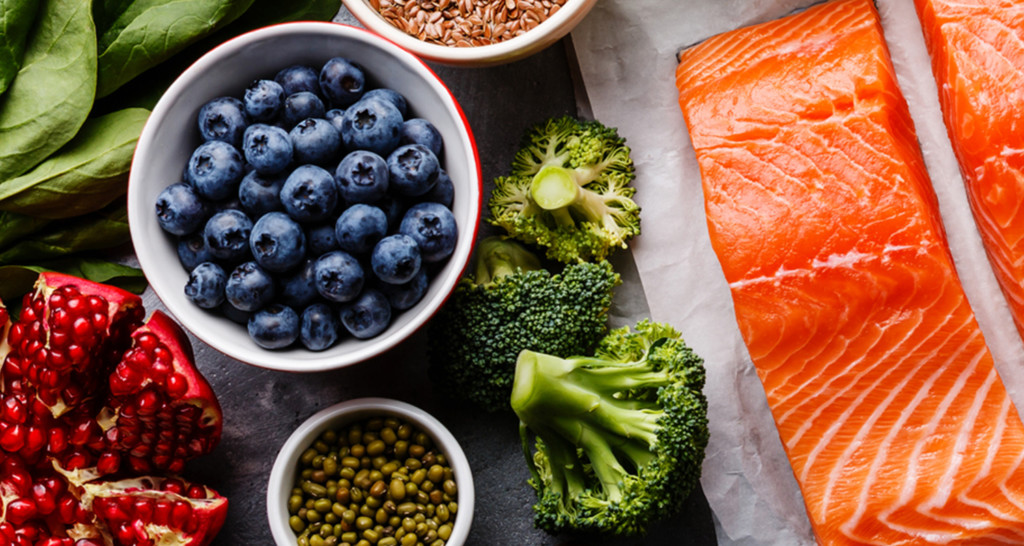



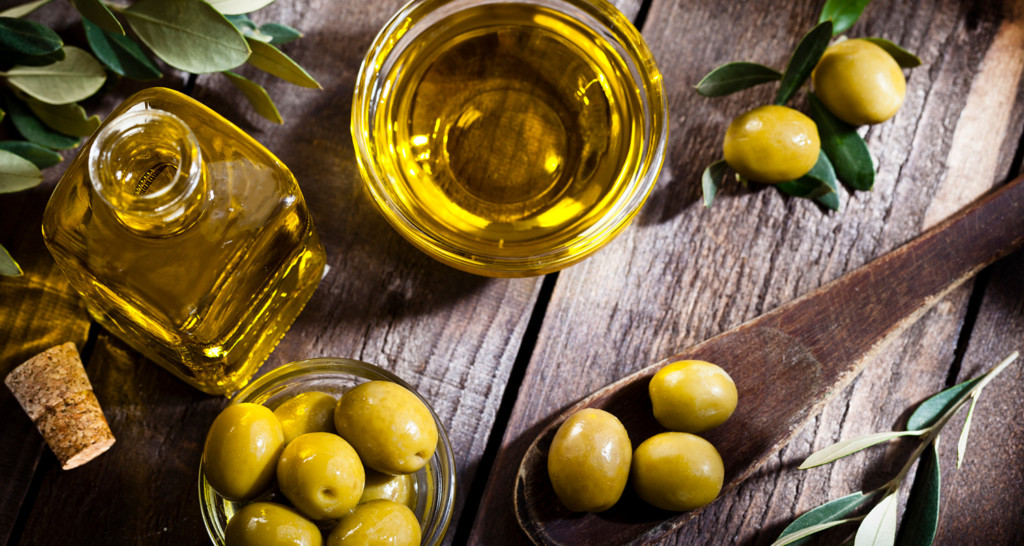
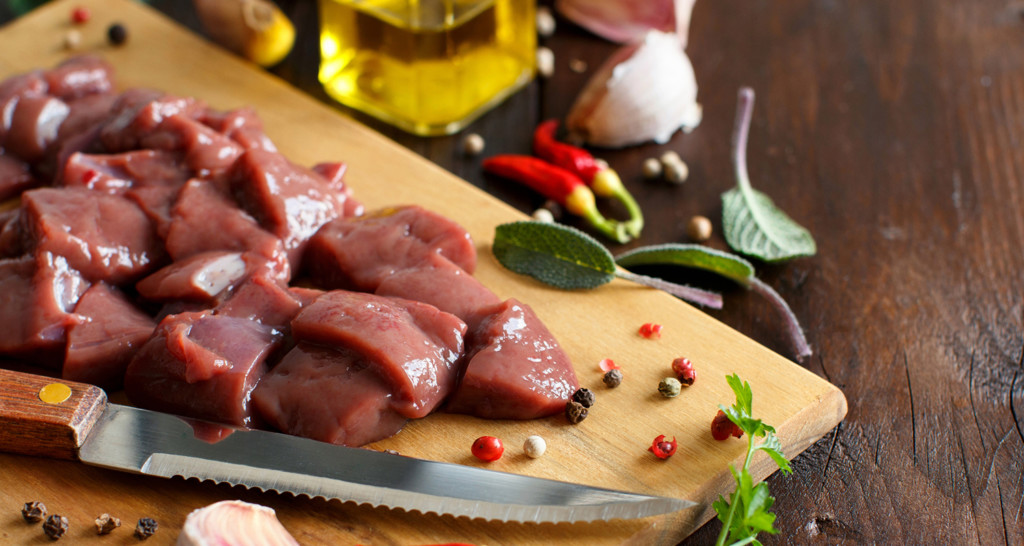
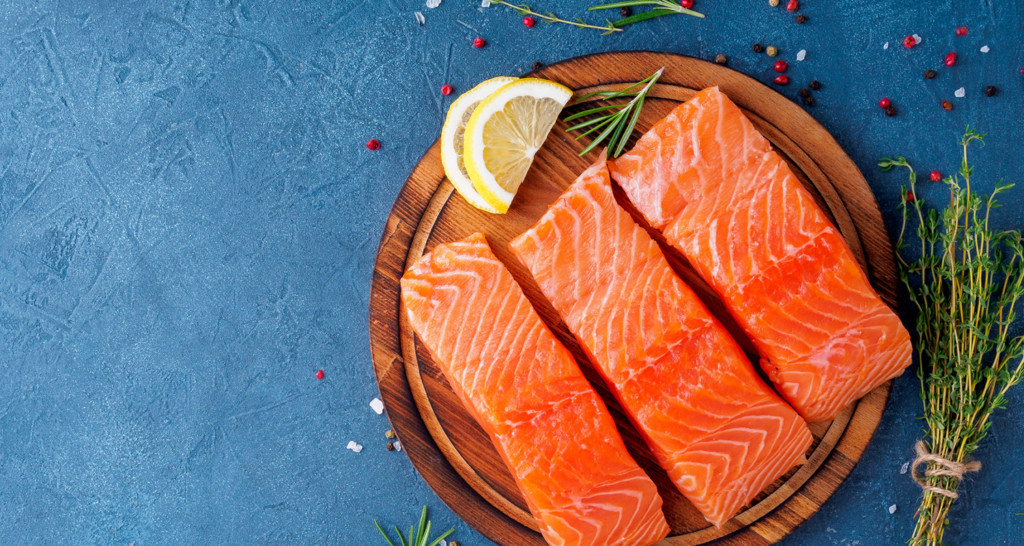


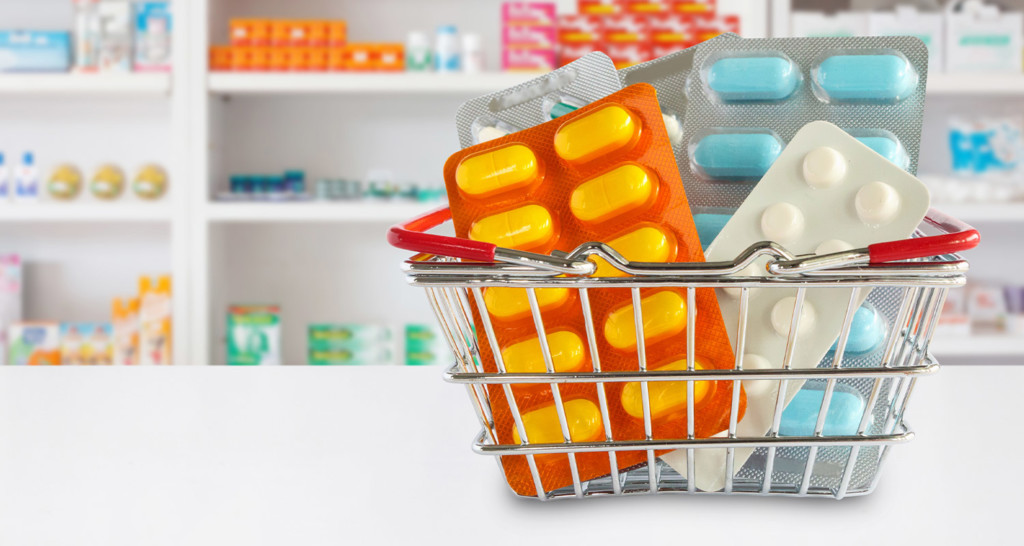
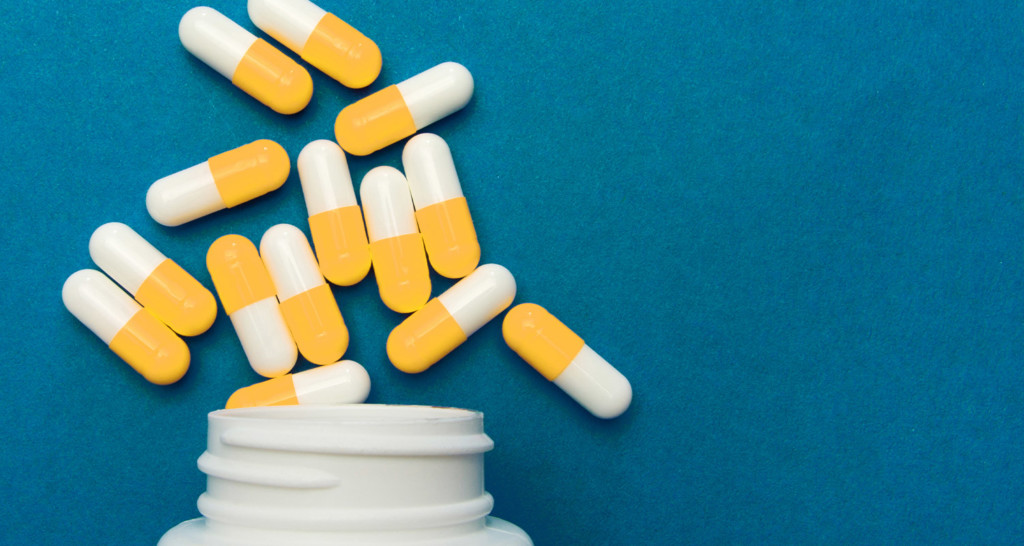





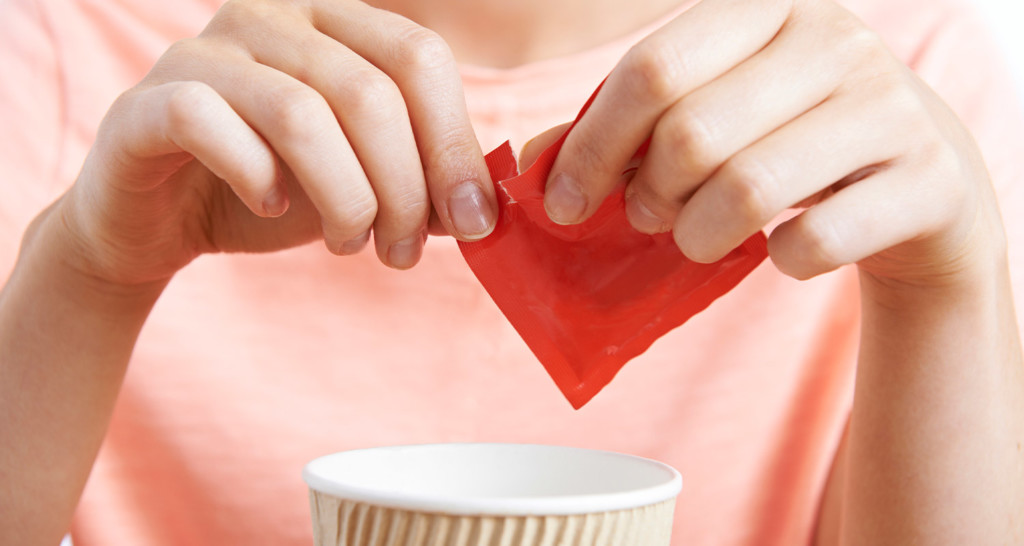

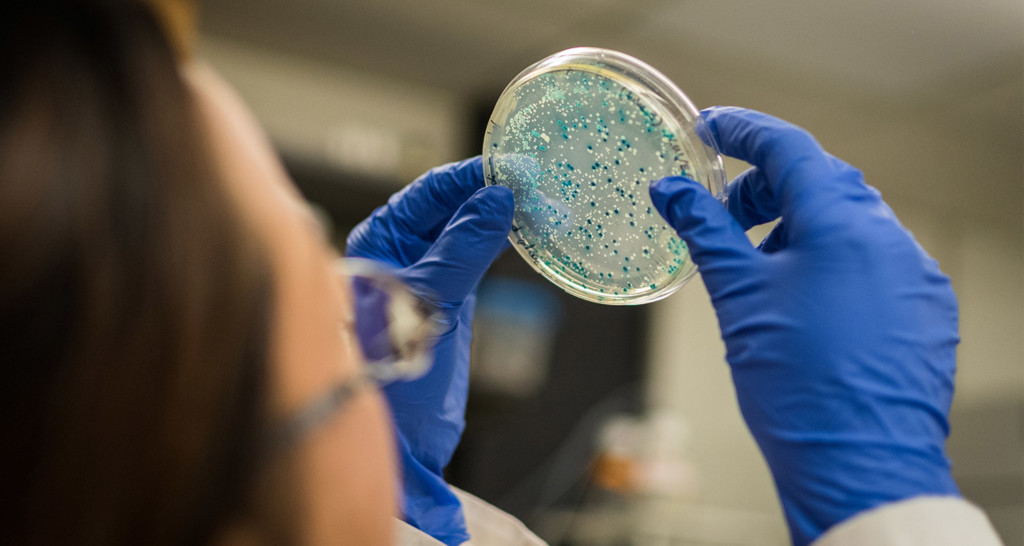





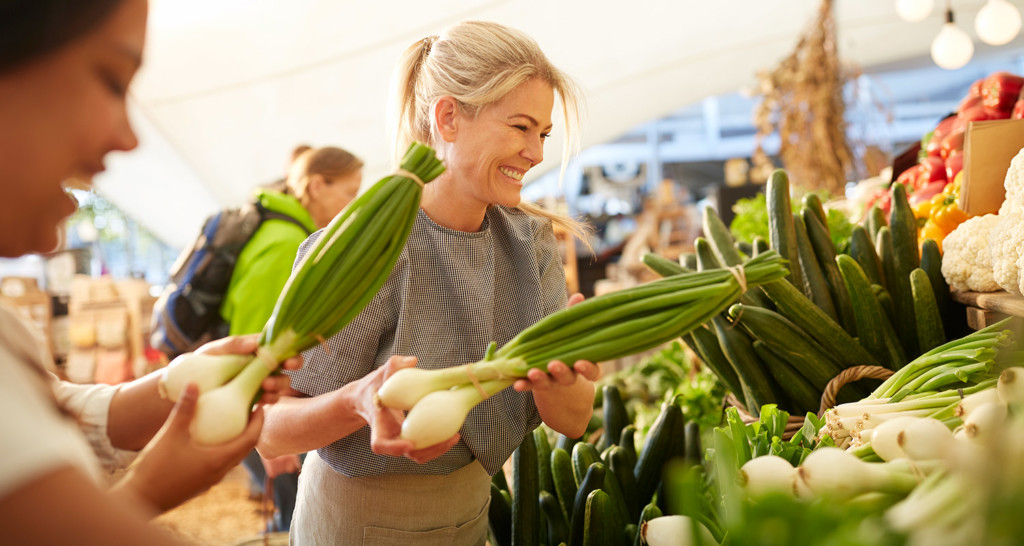




 Even if you’re sweating on the reg, if your primary form of exercise is cardio, you’re missing out on the opportunity to rev up your metabolism. Instead, reach for those dumbbells (or resistance bands, or body-weight exercises). Strength training could be your ticket to a speedier metabolism. You see, that hella-cut six pack and pair of rippling biceps aren’t just easy on the eye; having more muscle helps you burn more fat.[ref url=”https://www.physiology.org/doi/full/10.1152/ajpendo.2002.282.1.E132″][ref url=”https://www.ncbi.nlm.nih.gov/pubmed/2243122″]
Even if you’re sweating on the reg, if your primary form of exercise is cardio, you’re missing out on the opportunity to rev up your metabolism. Instead, reach for those dumbbells (or resistance bands, or body-weight exercises). Strength training could be your ticket to a speedier metabolism. You see, that hella-cut six pack and pair of rippling biceps aren’t just easy on the eye; having more muscle helps you burn more fat.[ref url=”https://www.physiology.org/doi/full/10.1152/ajpendo.2002.282.1.E132″][ref url=”https://www.ncbi.nlm.nih.gov/pubmed/2243122″] Need another reason to start your day with a
Need another reason to start your day with a  Here’s some motivation for hitting the hay at a reasonable hour: Adequate sleep can help prevent weight gain. A 2012 study found a correlation between a longer total sleep time — and particularly the time spent in the deeper stages of sleep — and a higher resting metabolic rate. In other words, sleep quality is as important as quantity.[ref url=”https://www.ncbi.nlm.nih.gov/pmc/articles/PMC3517705/”] Conversely, not getting enough sleep or having disruptive sleep has been linked to a more sluggish metabolic rate, as well as potentially increasing your risk for diabetes and obesity.[ref url=”https://www.ncbi.nlm.nih.gov/pmc/articles/PMC3678519/”][ref url=”https://www.ncbi.nlm.nih.gov/pmc/articles/PMC2398753/”]
Here’s some motivation for hitting the hay at a reasonable hour: Adequate sleep can help prevent weight gain. A 2012 study found a correlation between a longer total sleep time — and particularly the time spent in the deeper stages of sleep — and a higher resting metabolic rate. In other words, sleep quality is as important as quantity.[ref url=”https://www.ncbi.nlm.nih.gov/pmc/articles/PMC3517705/”] Conversely, not getting enough sleep or having disruptive sleep has been linked to a more sluggish metabolic rate, as well as potentially increasing your risk for diabetes and obesity.[ref url=”https://www.ncbi.nlm.nih.gov/pmc/articles/PMC3678519/”][ref url=”https://www.ncbi.nlm.nih.gov/pmc/articles/PMC2398753/”]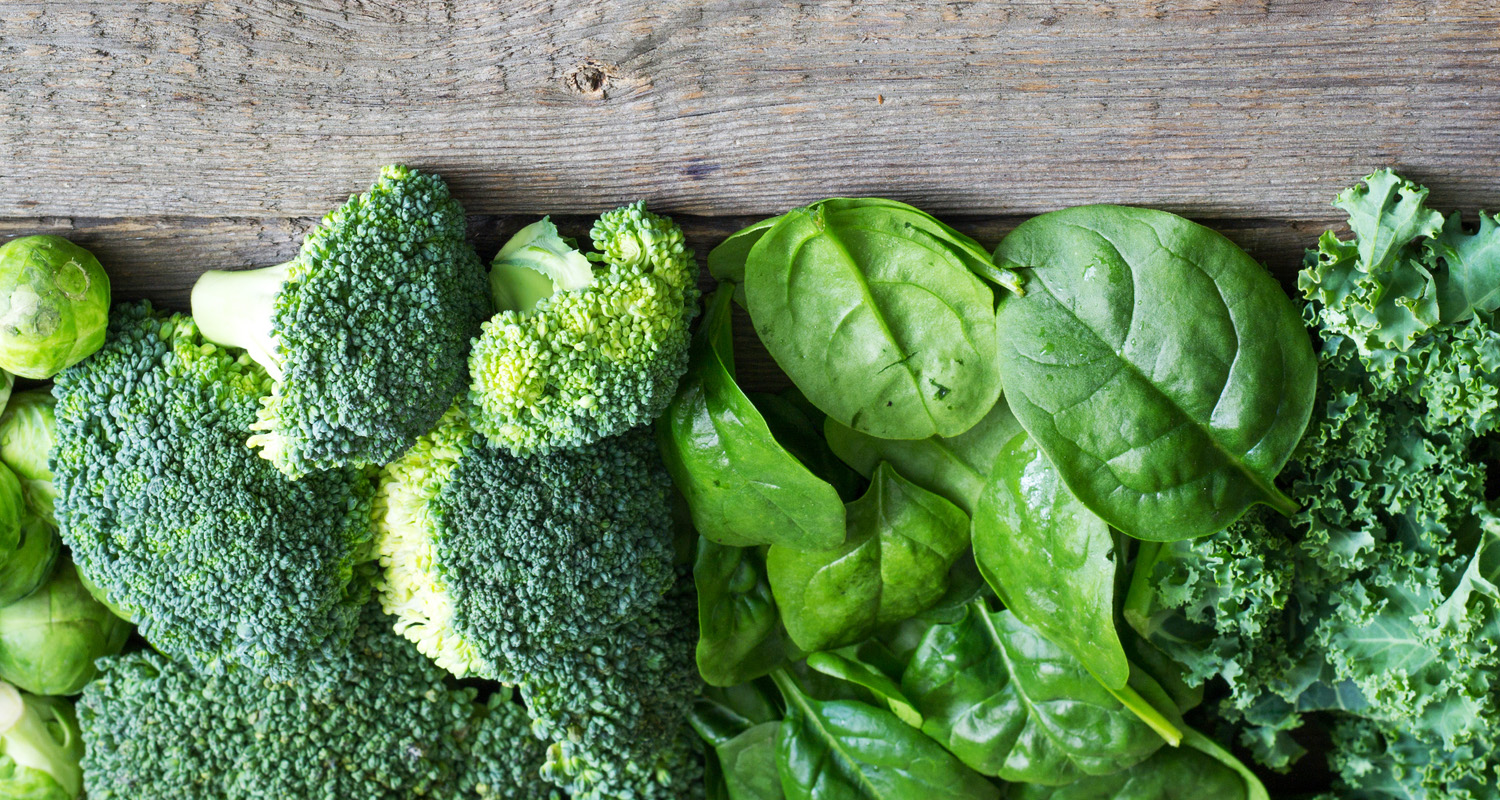 To lose weight and keep it off, you need to show some love to your gut — and specifically to slimming gut bacteria. Among the organisms hanging out in your gut, there are two big players when it comes to metabolism: beneficial Bacteroidetes and metabolism-thwarting Firmicutes. Research has shown that obese people and animals tend to have a greater proportion of Firmicutes to Bacteroidetes, while lean people have more Bacteroidetes.[ref url=”https://www.ncbi.nlm.nih.gov/books/NBK154098/”]
To lose weight and keep it off, you need to show some love to your gut — and specifically to slimming gut bacteria. Among the organisms hanging out in your gut, there are two big players when it comes to metabolism: beneficial Bacteroidetes and metabolism-thwarting Firmicutes. Research has shown that obese people and animals tend to have a greater proportion of Firmicutes to Bacteroidetes, while lean people have more Bacteroidetes.[ref url=”https://www.ncbi.nlm.nih.gov/books/NBK154098/”]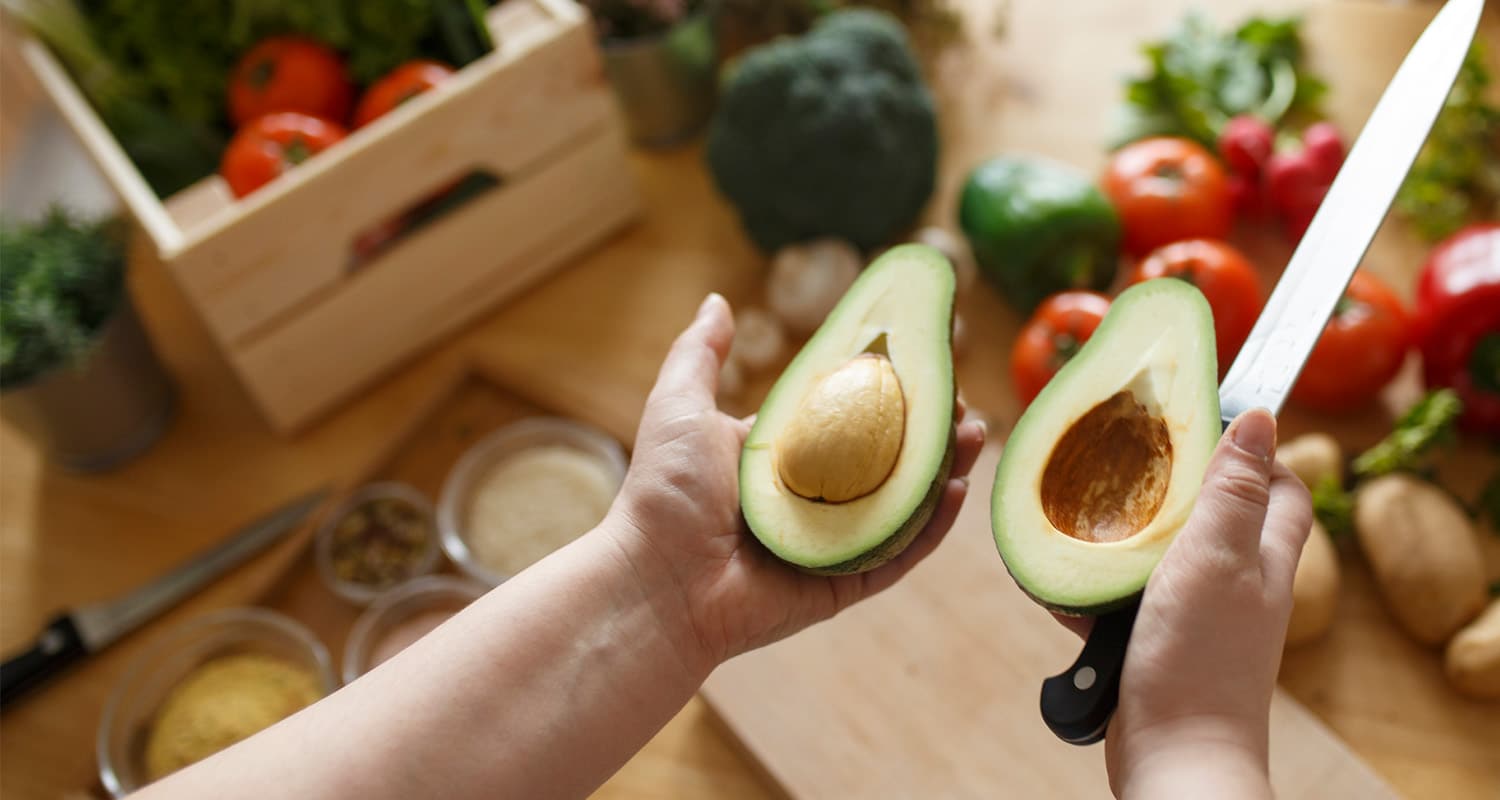 Yes, this goes against all of the weight-loss diets that have been peddled for years, but restricting calories can have a negative effect on your resting metabolic rate[ref url=”https://academic.oup.com/ajcn/article/72/5/1088/4729774″][ref url=”https://www.ncbi.nlm.nih.gov/pmc/articles/pmid/19198647/”] that can last beyond your dieting days.[ref url=”https://www.ncbi.nlm.nih.gov/pmc/articles/PMC4989512/”] Restricting your calorie intake can also impact your body’s metabolism-friendly leptin levels.[ref url=”https://academic.oup.com/ajcn/article/102/4/807/4564599″]
Yes, this goes against all of the weight-loss diets that have been peddled for years, but restricting calories can have a negative effect on your resting metabolic rate[ref url=”https://academic.oup.com/ajcn/article/72/5/1088/4729774″][ref url=”https://www.ncbi.nlm.nih.gov/pmc/articles/pmid/19198647/”] that can last beyond your dieting days.[ref url=”https://www.ncbi.nlm.nih.gov/pmc/articles/PMC4989512/”] Restricting your calorie intake can also impact your body’s metabolism-friendly leptin levels.[ref url=”https://academic.oup.com/ajcn/article/102/4/807/4564599″]
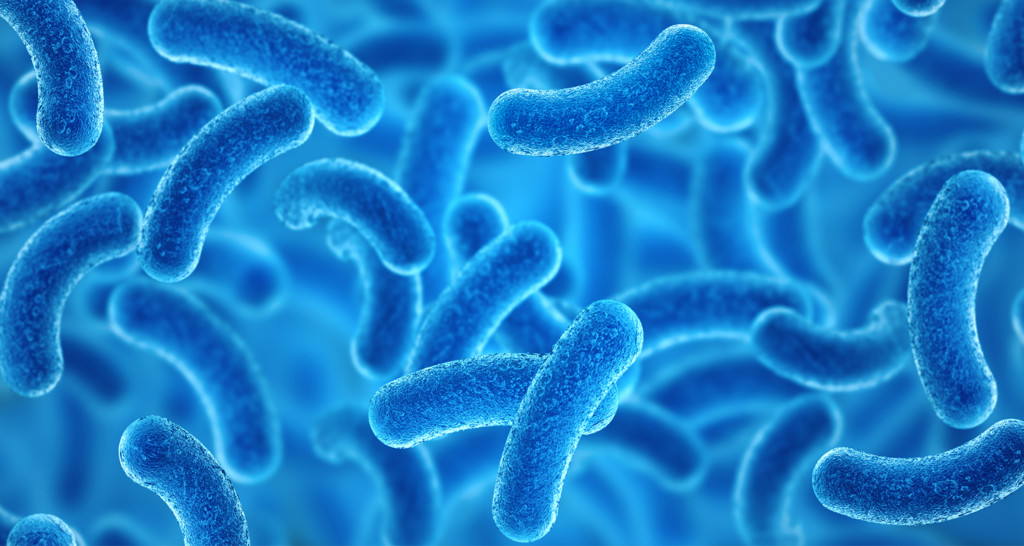
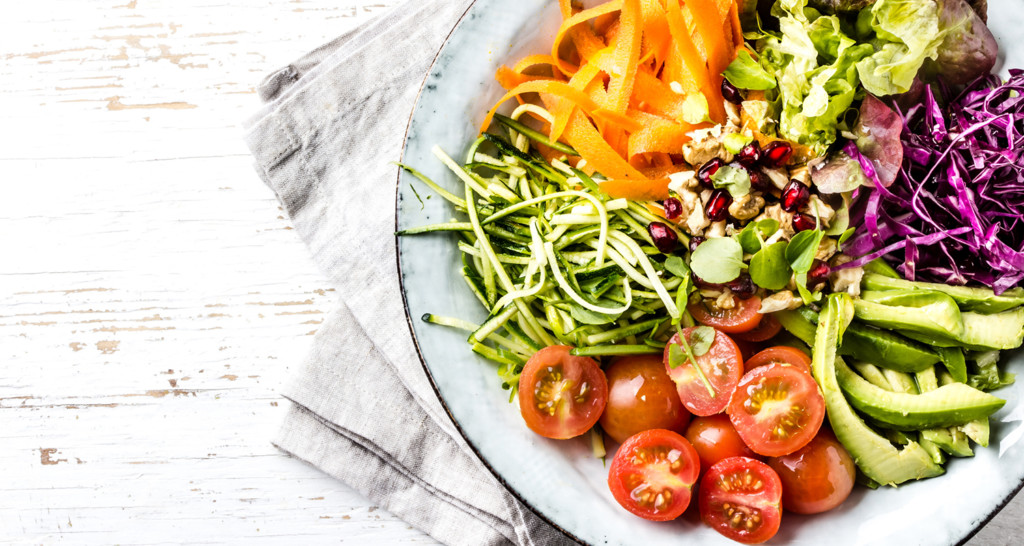

 The day I began looking at ancestral diets from the perspective of our evolutionary past, it was like being gobsmacked between the eyes with a sack of epiphanic wet cement. All of the noise in my head coming at me from my environmentalist and animal loving sensibilities, all of the officially-sanctioned mainstream government guidelines and health authorities, and all of the subtle pressure from the health food culture I associated myself with, suddenly gave way to a calm center amidst that cyclone.
The day I began looking at ancestral diets from the perspective of our evolutionary past, it was like being gobsmacked between the eyes with a sack of epiphanic wet cement. All of the noise in my head coming at me from my environmentalist and animal loving sensibilities, all of the officially-sanctioned mainstream government guidelines and health authorities, and all of the subtle pressure from the health food culture I associated myself with, suddenly gave way to a calm center amidst that cyclone. It’s interesting to compare aspects of modern human physiology to that of our closest great ape ancestors. The primary mechanism of the chimp’s digestive tract is fermentation. Roughly 52% of the digestive tract of a chimp is devoted to bacterially-based, fermentative processing of its plant-based diet into usable nutritional components. Despite their greater capacity to digest carbohydrate foods, less than 30% of a chimp’s actual energy intake is derived from carbohydrates (glucose/fructose).[ref url=”https://journals.plos.org/plosone/article?id=10.1371/journal.pone.0028689″]
It’s interesting to compare aspects of modern human physiology to that of our closest great ape ancestors. The primary mechanism of the chimp’s digestive tract is fermentation. Roughly 52% of the digestive tract of a chimp is devoted to bacterially-based, fermentative processing of its plant-based diet into usable nutritional components. Despite their greater capacity to digest carbohydrate foods, less than 30% of a chimp’s actual energy intake is derived from carbohydrates (glucose/fructose).[ref url=”https://journals.plos.org/plosone/article?id=10.1371/journal.pone.0028689″]
 Fruit for our ancestors would have been mostly seasonal, as well as typically much smaller and more fibrous than modern day cultivated varieties. Early humans would have consumed sugars such as honey sporadically as a treat in most locations, if at all. Nuts would have also been largely seasonal. In short, we didn’t get to where we are as a species by relying on plant-based foods. Not even close.
Fruit for our ancestors would have been mostly seasonal, as well as typically much smaller and more fibrous than modern day cultivated varieties. Early humans would have consumed sugars such as honey sporadically as a treat in most locations, if at all. Nuts would have also been largely seasonal. In short, we didn’t get to where we are as a species by relying on plant-based foods. Not even close.